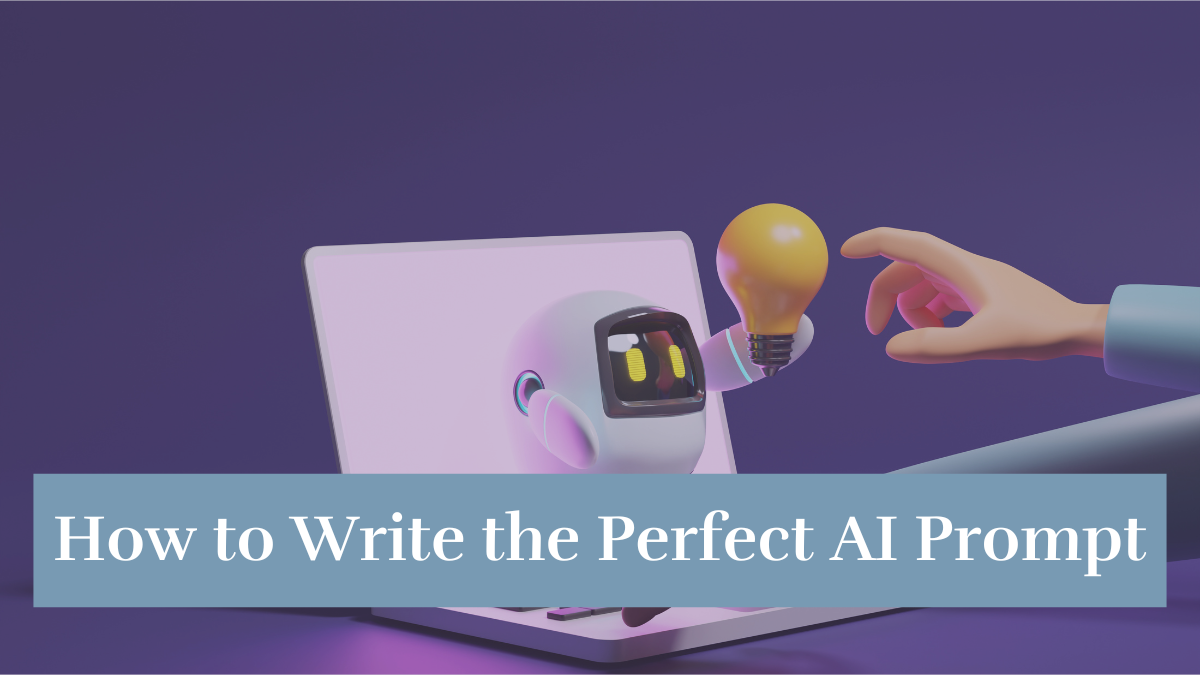How to Write AI Prompts That Don’t Suck (Marketing Edition)
You wouldn’t launch a client’s ad campaign without a strategy—so why treat AI tools any differently?
AI tools like ChatGPT are powerful, but they’re not mind readers. Toss out a vague prompt like “Tell me about email marketing,” and you’ll get the AI equivalent of a shrug. If you want responses that are insightful, on-brand, and actually useful, you need a prompt that sets the stage.
Let’s level up your AI prompting game.
Why Writing AI Prompts Is a Science (Not Just an Art)
Think of prompt writing like media buying. Sure, there’s room for creativity, but the best results come from structure, strategy, and a little testing. That’s where prompt engineering comes in. It’s the method of writing instructions for AI in a way that produces relevant, actionable output. And yes—it’s more science than magic.
AI thrives when you provide:
- Clear structure
- Defined context
- Logical constraints
Just like a high-performing ad set, strong AI prompts rely on understanding inputs, desired outcomes, and how to guide behavior (even if that behavior belongs to a machine). Pro tip: OpenAI itself offers guidelines because smart prompting leads to smarter responses.
The Secret Sauce of High-Converting AI Prompts (Marketing Edition)
1. Start With a Clear Goal (Like a Campaign Objective)
Before you hit “send,” ask: What do I want this response to actually do?
❌ “Tell me about social media.”
✅ “Give me three creative social media campaign ideas for a B2B SaaS company targeting CFOs.”
The difference? The second one actually gets results you can use. The more specific your goal, the sharper the response—just like defining your campaign KPIs before launch.
2. Define the Format (So You Don’t Get a 500-Word Ramble)
Want bullet points? A numbered list? A short paragraph summary? Ask for it.
❌ “Tell me about Facebook ads.”
✅ “List three Facebook ad strategies with examples. Format as bullet points under 200 words each.”
Format makes all the difference—especially when you’re working on tight deadlines or need something client-ready.
3. Assign a Role (Give the AI a Voice)
Your audience isn’t always the same—and your AI shouldn’t sound the same, either. That’s where tone and role come in.
✅ “Act as a digital marketing expert explaining Google Ads to a small business owner who’s never run paid ads before.”
Giving the AI a role helps shape the tone, vocabulary, and depth of information—perfect for client pitches, training materials, or blog content.
TL;DR: The Marketer’s Guide to Better AI Prompts
Here’s your go-to prompt formula:
- Start with a clear goal
- Define the format
- Assign a role or point of view
- Stay specific and structured
The takeaway? The better your prompt, the better your results. Whether you’re creating ad copy, content strategies, or campaign ideas, a thoughtful prompt saves time, cuts revisions, and boosts ROI.
Want to go deeper? Check out OpenAI’s Prompt Engineering Guide—it’s full of smart techniques that digital marketers can put to work immediately.

